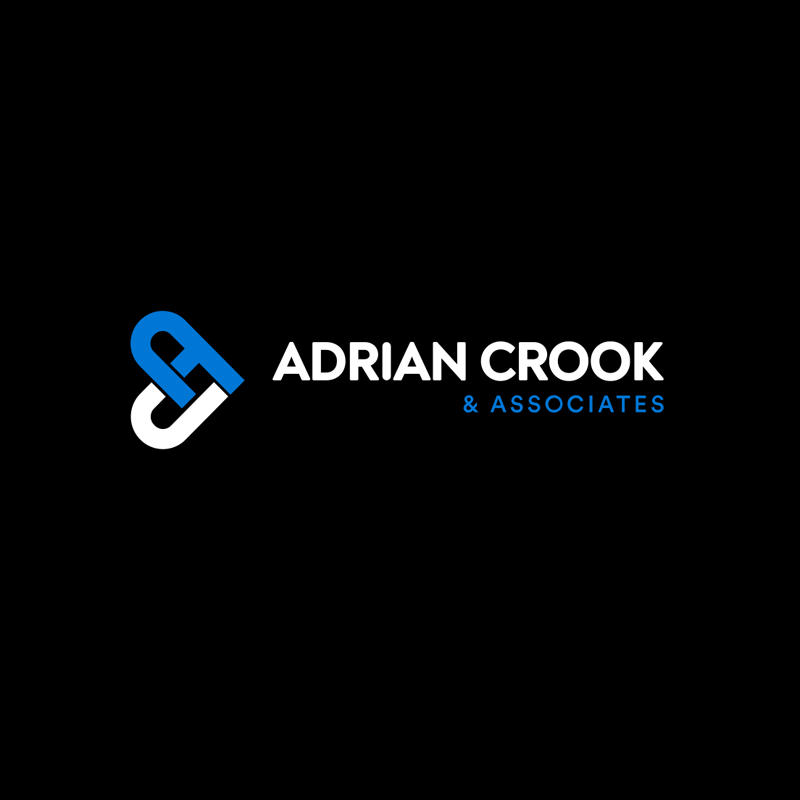Casual Connect, July 25, 2012.
Please excuse spelling mistakes and the rough nature of this post as our updates during the IGDA Summit and Casual Connect this week are pretty much liveblogged. This session just ended.
Speaker was Emily Greer, COO, Kongregate
Kongregate
- 60,000 games, 2300 uploaded monthly
- ~200 games selling virtual goods
- 30% revenue from ads, 70% from game library virtual goods
- 4 out of top 5 games get majority of revenue from players spending +$500 a month
- All top 10 games get majority of revenue from players spending +100
Player breakdown on Kongregate
- Repeats 40%
- Non repeats 36%
- Regulars 12%
- Committed 11%
Revenue Percentage by Player Type
- Committed 84%
- Regulars 13%
- Non-repeats 0%
- Repeats 3%
Stage 1, 1st session
- Show off the core gameplay to draw players in
- Tutorial should make them want to play more
- Leave them wanting more, they need a goal they couldn’t achieve
- Don’t try to sell, at best it will distract, at worst it will turn off, and almost no one will buy anyway
- 20 play sessions is the median how long it takes to monetize in a multiplayer game
Stage 2 – repeats
- You’ve got their interest, they liked what they saw, time to work on a deeper attachment
- Progress should be visible, social
- Get players into the store with free currency
stage 3 – regulars
- Progress can slow down, level of challenge can increase
- Gradual shift to end-game, social and multiplayer elements key
- Ready to start buying cost-effective, impactful items
- In general, if they stick, they will buy
Stage 4 – committed players
- Keep their interest, content expansions, features, modes
- Still need goals, but progress can be slow
- Friends in the game keep people coming back
- At this stage not sensitive to price (income allowing), willing to pay for smaller gains, cosmetic items if engagement is strong


